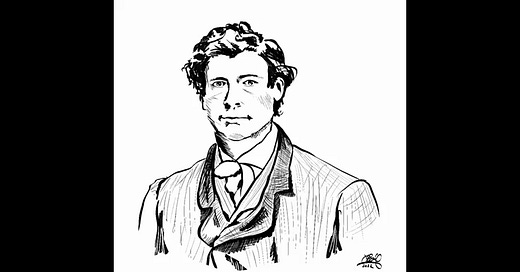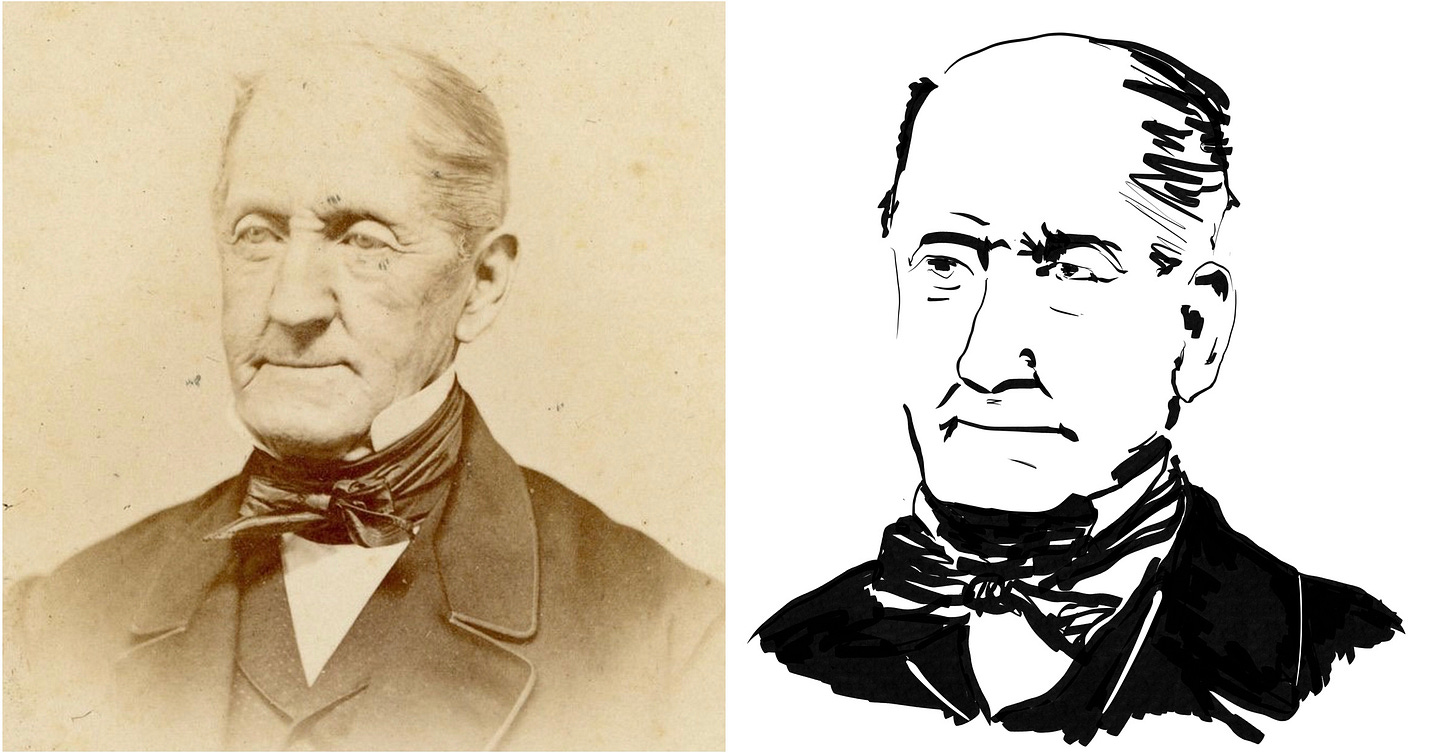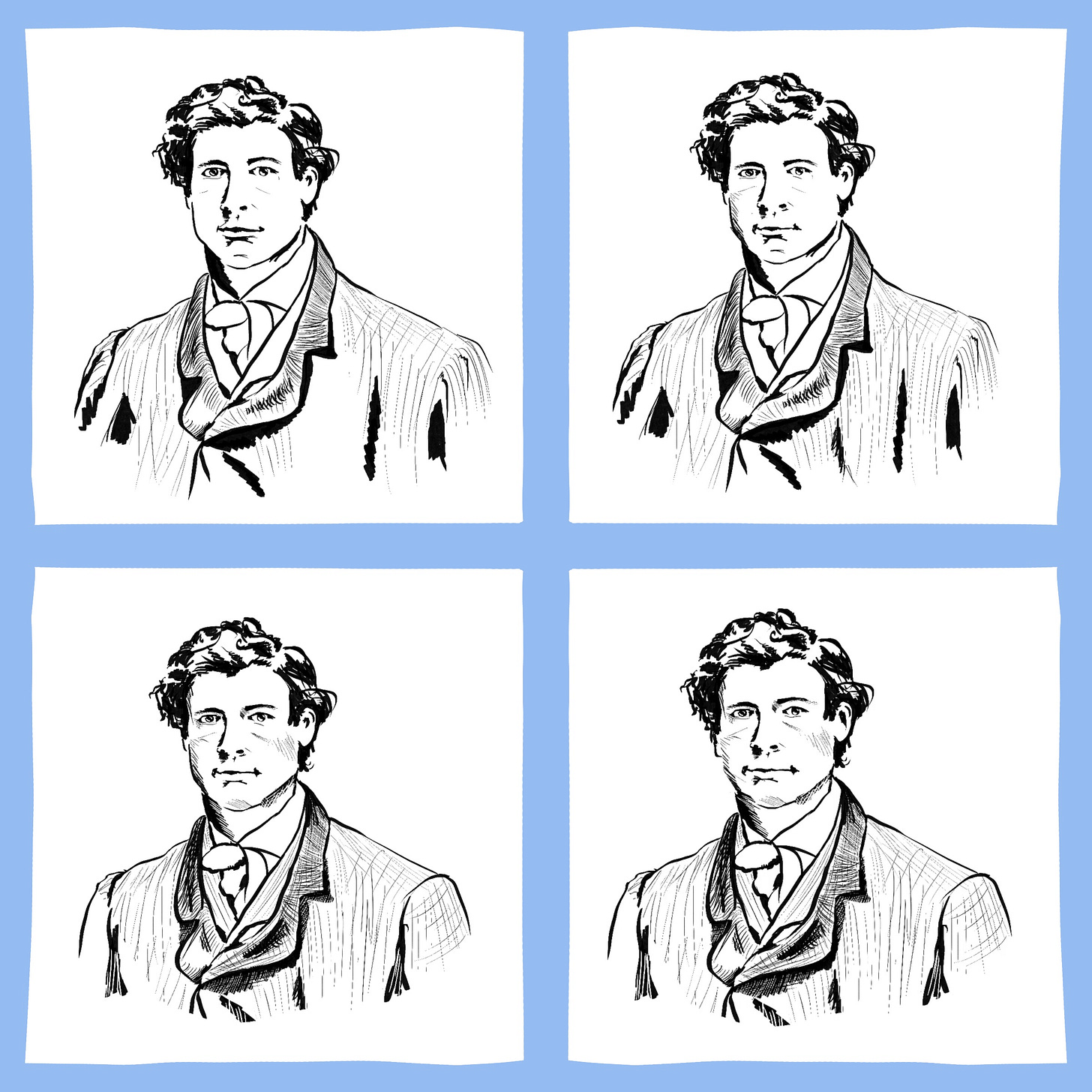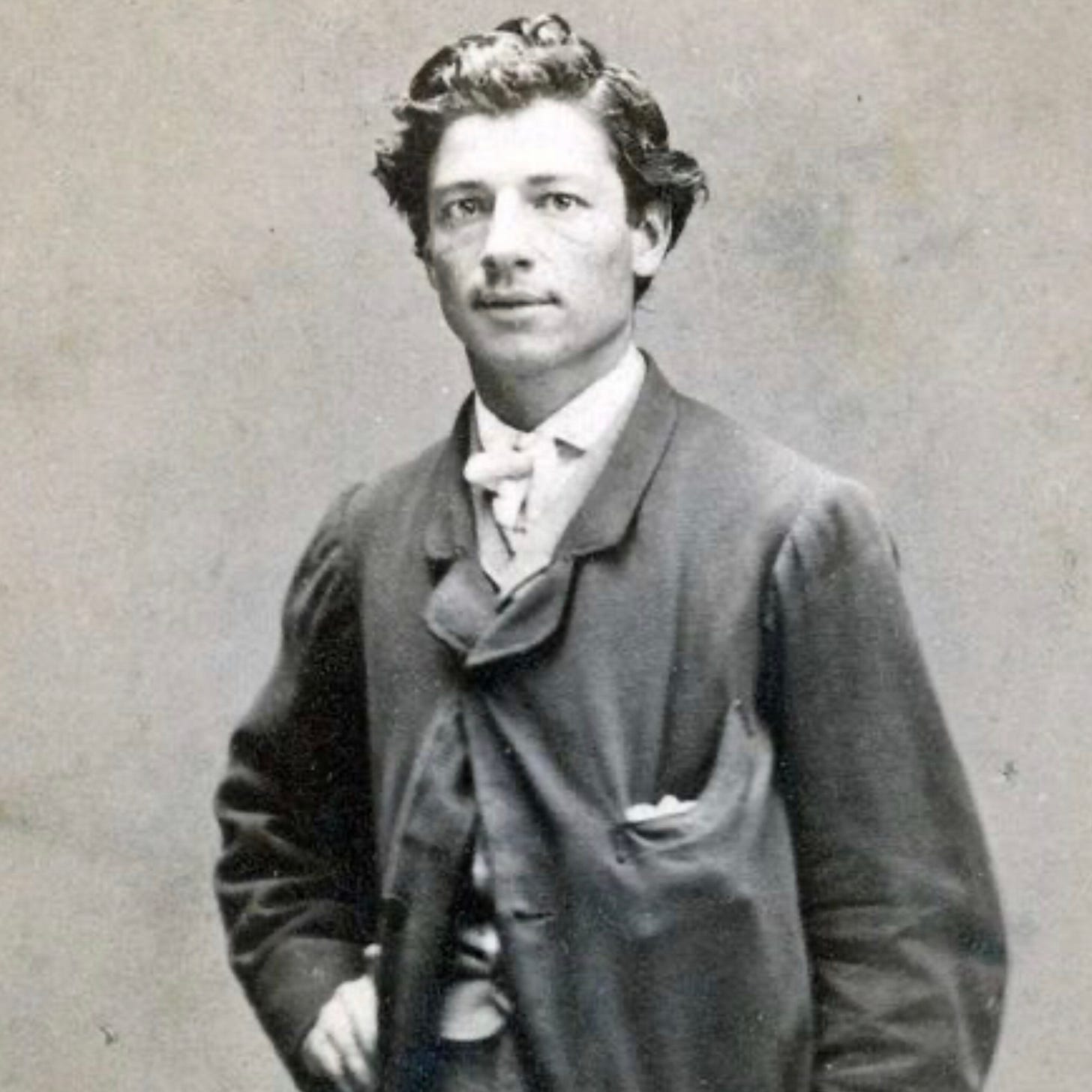I’m shaping up to be the family member to whom everyone sends “family stuff.” On my mom’s side, women handed down a trunk of carefully preserved family letters and photos for at least three generations before it came to me. On my dad’s side, a significant attic clean out by my grandparents in the 1990s was followed by the intermittent downsizing of various family members’ homes across the following decades. Bits and pieces continue to come my way in fits and starts.
Included in this family “stuff” have been images of ancestors who are drifting slowly further away from our shared memory. Daguerreotypes, cabinet cards, tintypes…some are loose, others have cases, and there are also albums full of beautiful collections of early photography. The images preserve faces that peer out at me, somehow familiar, but often I can’t link them to a life.
I’m using new tools to try to bring these orphans back to the family. Sometimes this is easy (snapping a picture with my smartphone and texting it to a great-aunt, for example). Other times, I’ll work to decipher a name pencilled onto an album page in spidery writing, then search its iterations for hours in a zillion online genealogy ratholes.
When I am able to retrieve a name from obscurity, I feel triumph and also—strangely—relief. It’s as if I am responsible not only for preserving these ancestors’ portraits, but for preserving our memory of them as well. I come back to look at certain images many times; sometimes the faces are quite literally familiar, with a smile or a furrowed brow or something I can’t put my finger on that says “oh, we are tied together somehow, you and I.”
In just the last year or so, I’ve tried learning some of these faces by doodling them. The carefully composed and dated images were so striking, almost cartoonish in pose and costume, that I thought it would be an easy exercise. And my first attempt was, in fact, closer to doodle than portrait:
But I found that I didn’t like leaving these faces as caricatures. I had to keep going until I could get closer to truth. It wasn’t that my drawing would become a better representation, but I needed to fully explore the face. Sketching, resketching, adjusting the eyes, the nose, the smile wrinkles, the ear size…all of it helped me come to know the features and begin to understand what made a person familiar.
In the process, my doodles become more like sketches, or perhaps woodcuts, the stark black and white limiting how I approach a portrait. I enjoy working within this restriction and yet trying to capture something of a personality; I enjoy how much more time these portraits take me to complete.
This image (an ancestor who reminds me of my stern paternal grandfather) was particularly fun to work on, in part because I couldn’t decide if he looked angry or amused:
I still can’t say for sure, though I wish I knew. Looking at him now, I suspect he has only a pleasant expression, and that I was projecting some of my grandfather onto this face. Maybe he looks different to each of us.
My process for ancestor portraits contrasts with my approach to doodling. Instead of quick, unthinking lines that I turn into something silly, here I will do and undo, then redo, almost every portion of the drawing. I shift the size or location of a feature, sometimes multiple times.
Doodles are fast moving and quickly done, but with portraits I struggle with a sense of “right” and “not right.” The correct placement of a feature often surprises me, because it’s not what I had expected. I have to work to understand why my line is in the wrong place, and to see what I’m looking at rather than what I expect to see. And when I realize that one eye is bigger, or a nose flares, or a mouth sags on one half, I feel the same delight that I have when I match a name to an orphaned image. “Hello there, friend,” I’m saying, ”I really see you now!”
Looking at the photo on which this portrait is based, I know that I haven’t captured what others will see in him. Yet drawing him has helped me feel a little closer to what is familiar to me—to what is family.









Share this post